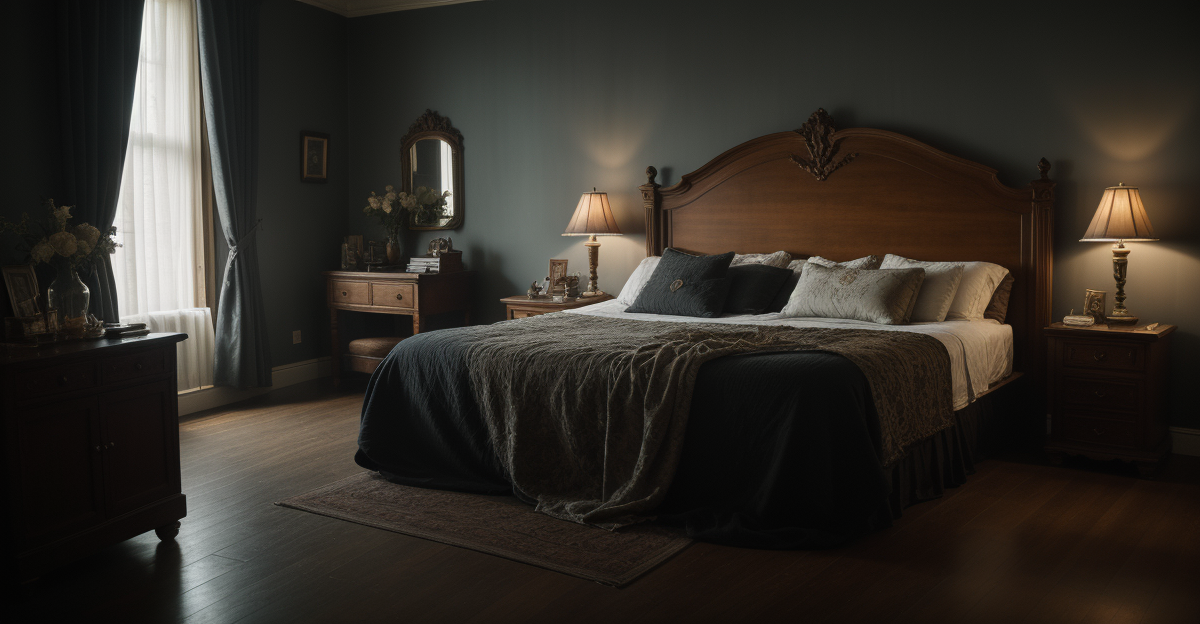
Explore the bizarre historical connection between sleep paralysis, Victorian dream dictionaries, and
Alright, get ready, because we’re about to tumble down a historical rabbit hole filled with sleep paralysis demons, Victorian dream dictionaries, and the infamous diagnosis of “female hysteria.” Yes, you read that right. This is going to be quite a journey. For centuries, humans have experienced sleep paralysis – that unsettling state where you’re awake but unable to move, frequently accompanied by frightening hallucinations. Cultures around the world have assigned different names to the entity thought to be responsible. A prevalent one? The Night Hag. **The Night Hag: A Universal Archetype** Sleep paralysis is typically characterized by three key symptoms: awareness of being awake, the inability to move (muscle atonia), and often, vivid and disturbing hallucinations. These hallucinations often include the sensation of a malevolent presence in the room, a heavy weight pressing on the chest, and difficulty breathing. Sounds like a scene from a horror movie, doesn’t it? For many who experience it, it certainly feels that way. Folklore across the globe reflects these experiences. We have the Night Hag in Anglo-Saxon traditions, the Incubus and Succubus in medieval Europe (who were, let’s just say, *very* active), and Old Hag Syndrome, a term still sometimes used in medical contexts. The common thread? A sinister entity sitting on your chest, stealing your breath, and generally turning your night into a nightmare. **Victorian Dream Dictionaries: Decoding Dreams, Reinforcing Norms** Now, let’s transport ourselves to Victorian England, a world of corsets, suppressed emotions, and a surprising obsession with interpreting dreams. The Victorian era witnessed a surge in the popularity of dream dictionaries, promising to unlock the hidden meanings of the subconscious. These weren’t simply about deciphering whether dreaming of a snake meant impending betrayal; they were deeply influenced by societal anxieties, moral codes, and, of course, the supernatural. Victorian dream dictionaries thrived on symbolism. A tidy house signified order and virtue, while a messy one…well, you can imagine the implications. Dreams of falling could represent a loss of status, while dreams of death were often interpreted as warnings or imminent change. But what about dreams involving fear, vulnerability, or oppression, such as a dream where you’re paralyzed and suffocating? **Female Hysteria: A Victorian Diagnosis for… Existing?** This is where things take a *really* dark turn. Enter “female hysteria,” a broad diagnosis Victorian doctors used to explain almost any behavior they considered “unruly” in women. Feeling anxious? Hysteria! Expressing opinions? Hysteria! Daring to *not* enjoy being a wife and mother? You guessed it: Hysteria! The symptoms were vague and conveniently aligned with societal expectations. Restrictive gender roles, the pressure to be demure and submissive, and a lack of autonomy in their own lives all contributed to women feeling…well, less than content. Instead of addressing the underlying issues, doctors labeled them with a diagnosis and prescribed treatments ranging from rest cures (essentially, confinement to bed) to, in some truly appalling cases, hysterectomies. **The Intersection: A Perfect Storm of Sexism and Superstition** So, how do these three elements – sleep paralysis, dream dictionaries, and female hysteria – intertwine? Imagine a Victorian woman experiencing sleep paralysis, complete with the terrifying Night Hag. She consults her trusted dream dictionary for answers, and it informs her that such a dream signifies weakness, vulnerability, or even demonic influence. Now, consider the context: a society that already perceived women as inherently more prone to emotional instability and moral failings. It’s not a significant leap to suggest that these dream interpretations could reinforce the notion of female susceptibility to “hysteria” and even demonic possession. The dream dictionary, rather than offering comfort or understanding, becomes yet another instrument for pathologizing and controlling women’s experiences. It’s essentially gaslighting through dream analysis. **Modern Understanding: Brains, Not Demons** Fortunately, we now possess a much clearer understanding of sleep paralysis. Neuroscience reveals that it’s a neurological phenomenon caused by a disconnect between the brain and the body during REM sleep. Essentially, your brain awakens, but your body remains in “sleep mode,” resulting in that terrifying paralysis. While science explains the paralysis, cultural beliefs and anxieties can still influence the content of the hallucinations. Someone raised in a culture with strong beliefs in demonic possession might be more inclined to experience hallucinations involving demons. But here’s the critical point: it’s not *actually* demons. It’s a misfiring of the brain. And “female hysteria?” Debunked. Gone. And not missed. We now approach mental health with far greater nuance and understanding. So, there you have it: a strange but compelling exploration of sleep paralysis folklore, Victorian dream interpretation, and the troubling history of “female hysteria.” It serves as a reminder that the narratives we construct about ourselves, and the ways we interpret our experiences, are often shaped by the cultural and societal biases of our time. What are your thoughts? Have you ever experienced sleep paralysis, and if so, how did you interpret it? Share your experiences in the comments!
Enjoyed this? Check out our YouTube channel for video versions!
Enjoyed this? Check out our YouTube channel for video versions!



